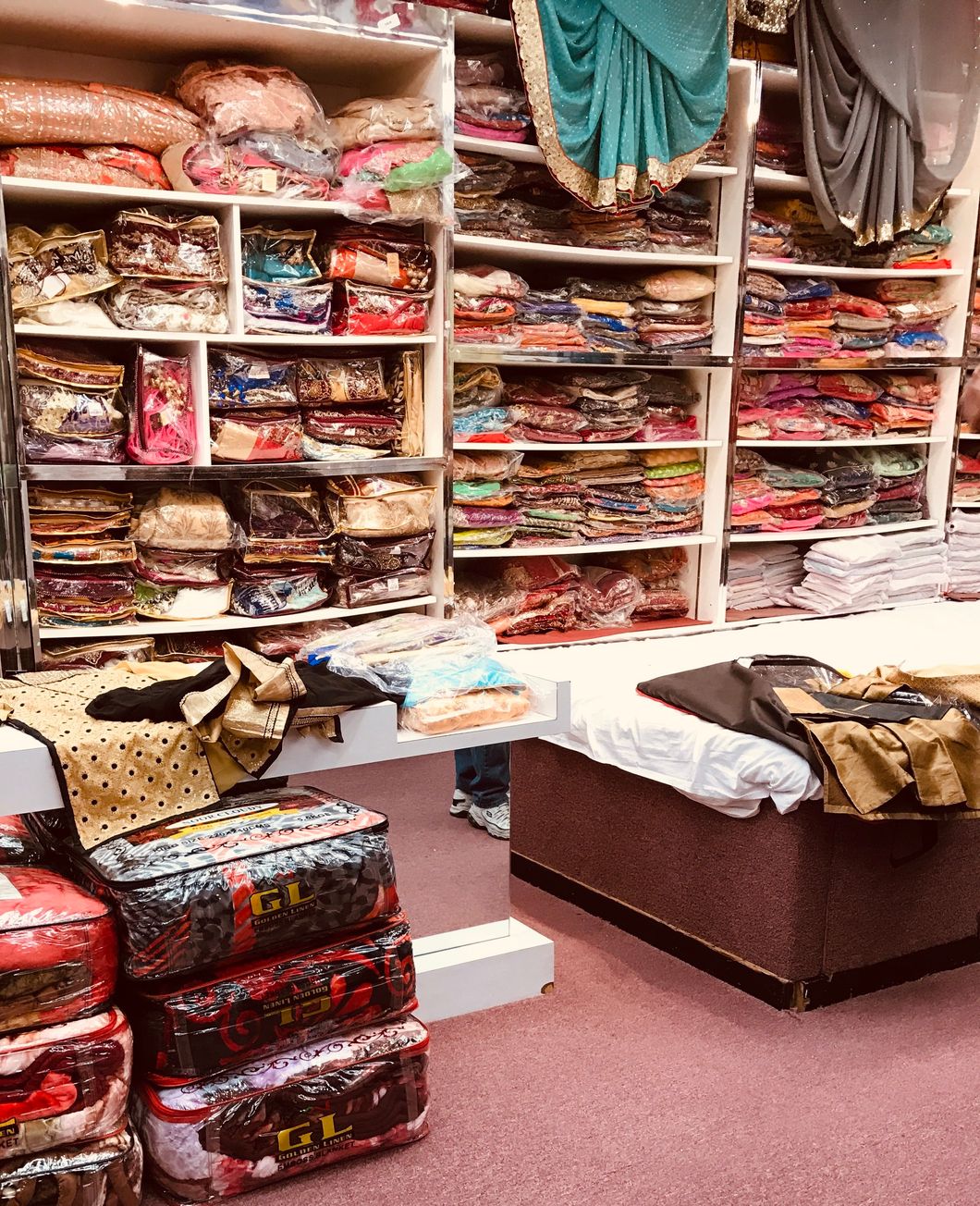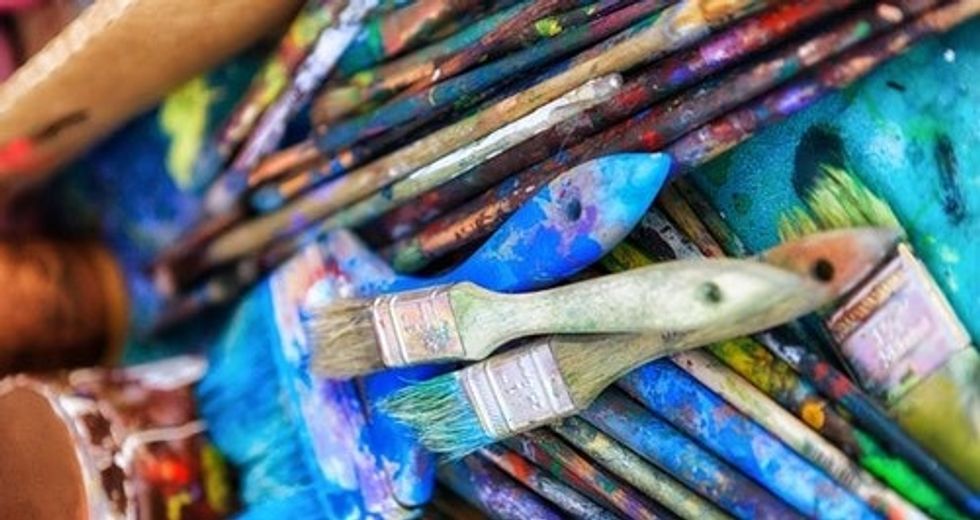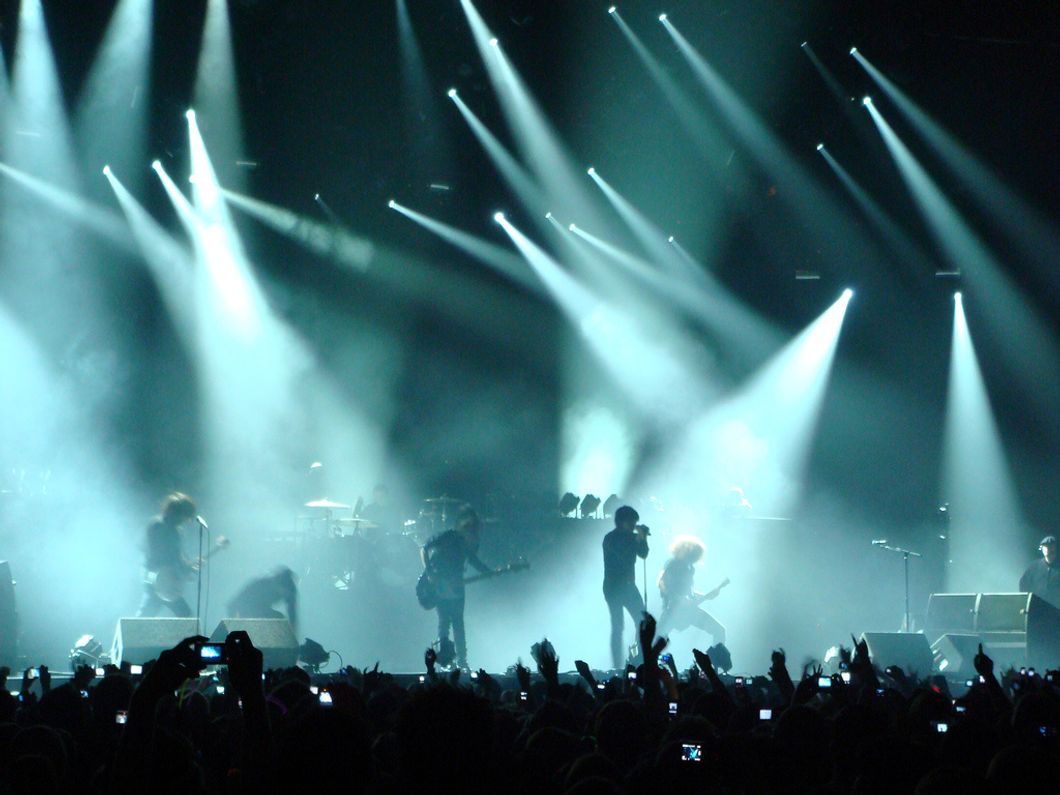The Birthplace of Hip Hop
Hip hop, the United States' most popular genre, can be traced back to one, specific place.
According to the 2017 Annual Nielsen Music Report, hip hop became the most popular genre in the United States for the first time ever. This report specifically was even coined the "demise of rock 'n roll", as this was the first year in decades in which rock and its various derivatives weren't number one by a landslide.
To someone who grew up during hip hop's meteoric rise, the aftermath of this massive upset doesn't seem to be that surprising - during all of my formative years, hip hop was ever-present. In fact, it was simply surprising to me that it was only officially the most popular in 2017, and not sooner.
It's been almost two years since this report was released, and hip hop still reigns supreme, dominating the charts, awards shows, and, most visibly, social media. Hip hop has become engrained, even inherent to our culture - it's impossible to get on any website or app, whether it be Twitter, Instagram, or even Snapchat without seeing something, or many somethings, referencing hip hop or otherwise derived from it completely.
Major brands have employed various rappers as spokespeople and ambassadors. Hip hop artists have solidified their place in a business world, as well, finding success in virtually every industry: cinema, fashion (think Yeezy), technology (think Beats by Dre), makeup (think Fenty Beauty), and even beverages (think Vitamin Water, which is 50 Cent's creation).
Long story short? Hip hop is everywhere.
In the midst of all this wild success, it's important to acknowledge (and pay respects to) where it all came from, which, incredibly, can be traced directly back to one party in the 1970s in an apartment building in the South Bronx.
On August 11, 1973, Clive Campbell, most popularly known as DJ Kool Herc, and now commonly referred to as hip hop's founding father, and his little sister, Cindy, decided to utilize their apartment building's recreational room to throw this party, charging girls $0.25 cover, and guys $0.50.
300 people showed up to that first party at 1520 Segwick Avenue in the South Bronx.
It took a few of these parties for hip hop to be born - up until this era, it was all about disco, and that was what Herc played, until he came up with a concept called "breaking", which is, essentially, isolating and repeating a song's break, or the most danceable portion of a song. Eventually, he began shouting a couple rhymes over these beats, but it's said that the first verse wasn't actually spit until he handed the mic over to rapper Coke La Rock.
DJ Kool Herc never actually saw commercial success - after being stabbed at one of his own parties, he went into a retirement, of sorts. The way he handled turntables, and the concept of breaking, however, morphed into what hip hop is today - almost fifty years later, he's still considered one of the hip hop greats, with countless rappers, producers, and hip hop lovers paying homage to him every single day.
So, I would like to thank Clive and Cindy Campbell, and Coke la Rock, and 1520 Sedgwick Avenue, and the South Bronx, for those parties that created something I, and millions of others, can love so much.
























